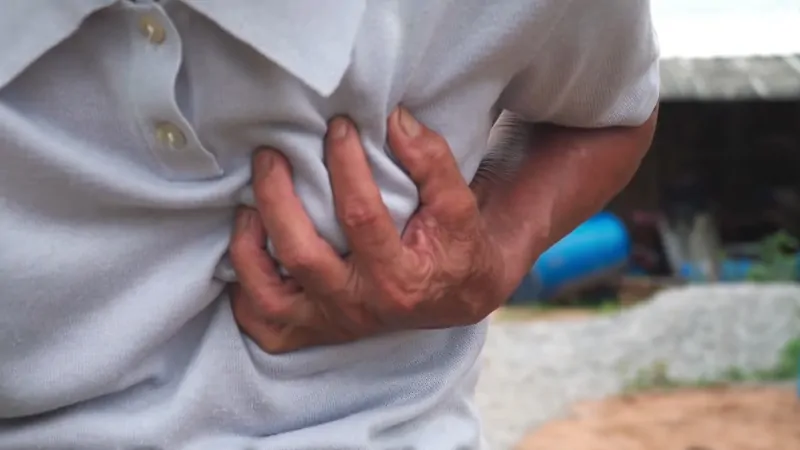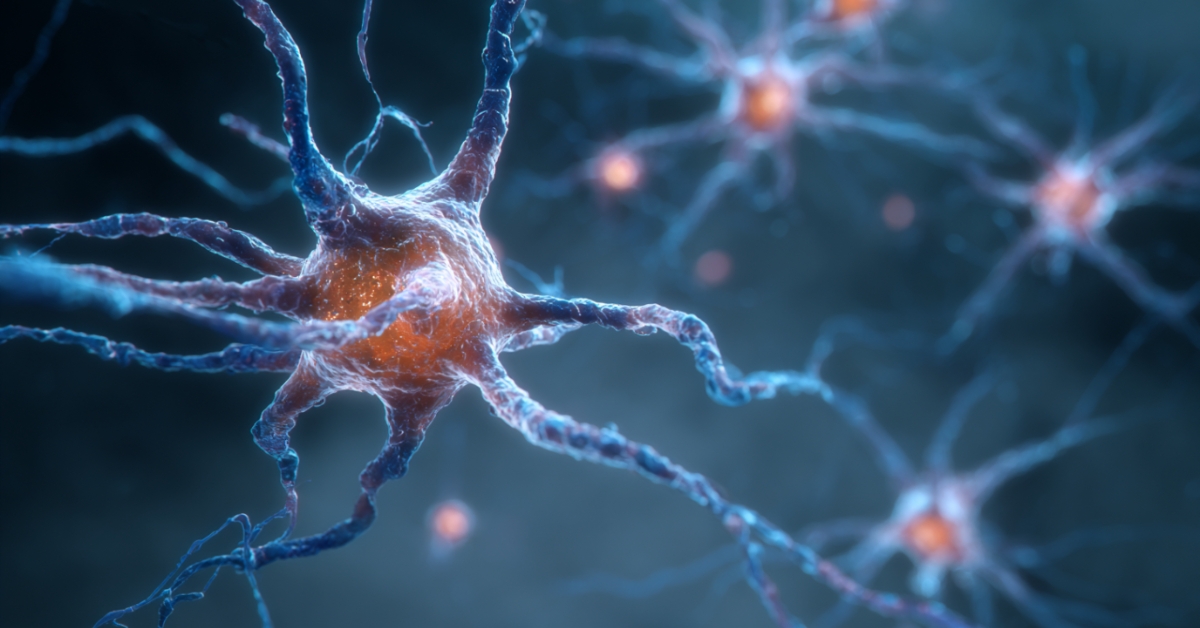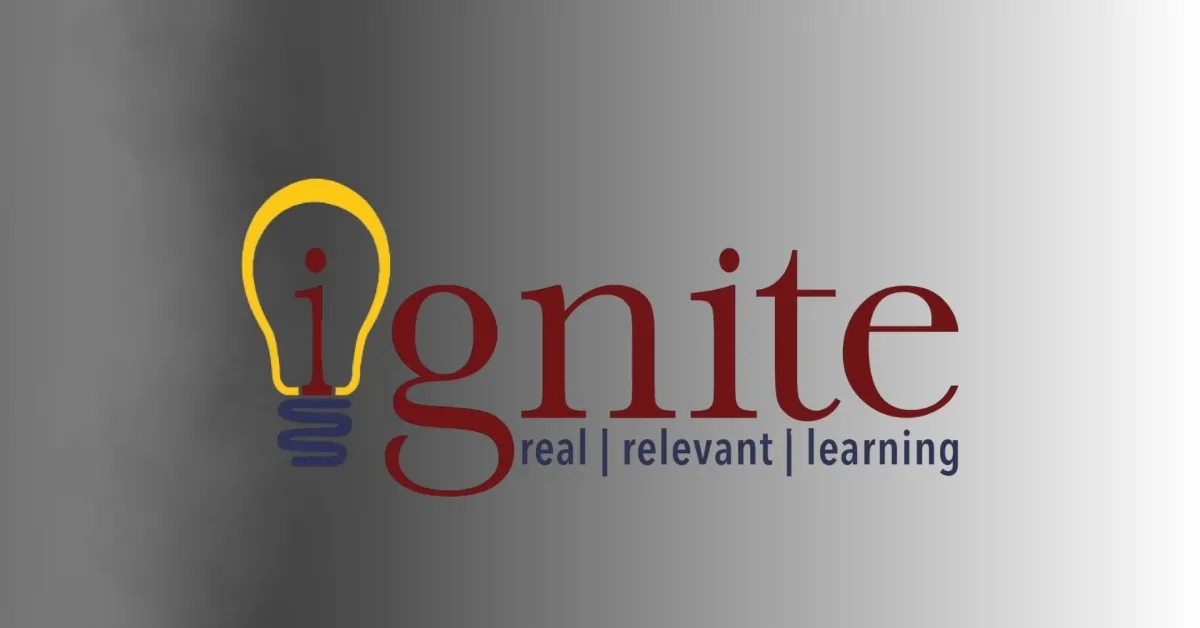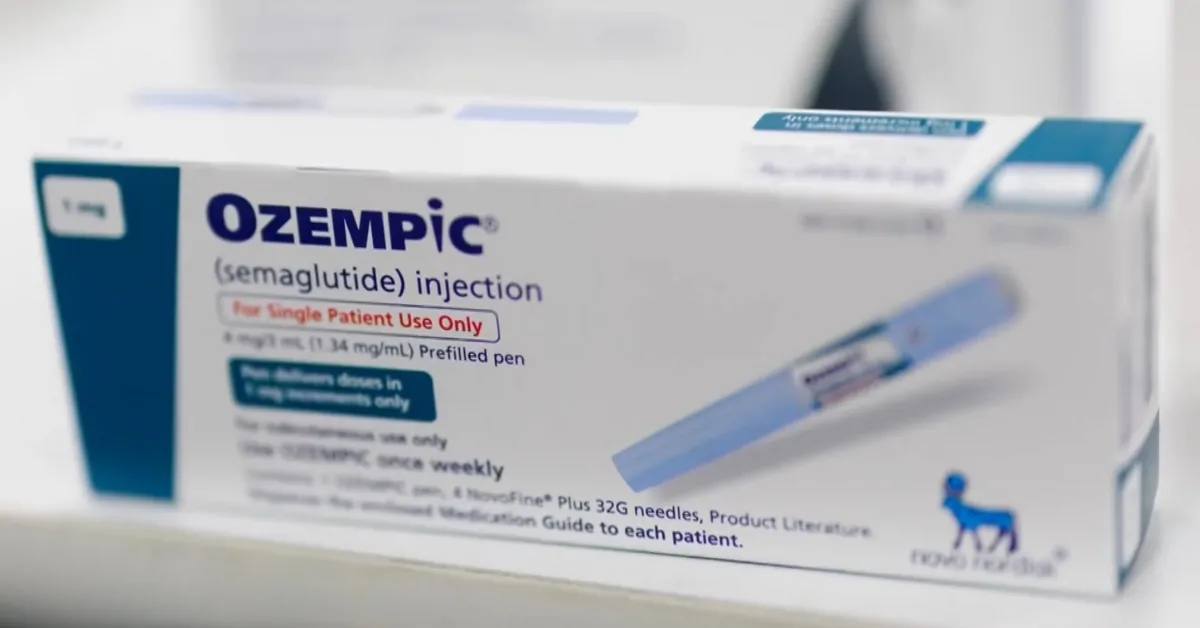Heart attacks are often associated with sudden, intense symptoms, but many begin with subtle signals that can easily be mistaken for less serious issues.
Awareness of these symptoms is critical, as heart disease remains the leading cause of death in the United States, responsible for about 1 in 5 deaths each year.
Table of Contents
Toggle1. Chest Pressure or Tightness

Many people expect a heart attack to cause sharp chest pain, but it often feels more like pressure or tightness.
This discomfort, often described as an uncomfortable squeezing, may come and go, becoming more noticeable with cumulative stress or exertion.
While both men and women experience this, about 30% of women may have less obvious chest pain, and this subtlety can delay life-saving action according to heart.org.
2. Pain in the Upper Body (Arms, Jaw, Neck, or Back)
Heart attack pain can extend beyond the chest.
It may radiate to the arms, neck, jaw, or even back, often affecting the left side more.
This type of pain is often mistaken for muscle strain or joint issues.
Studies reveal that women report this symptom more frequently than men as Healthline noticed in their article.
3. Shortness of Breath
The main symptom of a heart attack is chest pain – but did you know women are also more likely to experience shortness of breath, back or jaw pain, and feeling or being sick?
It’s never too early to call 999 and describe your symptoms. pic.twitter.com/Jwn54rfMdS
— NHS (@NHSuk) April 7, 2022
Sudden shortness of breath without clear cause is a common heart attack warning sign, especially if it’s worse with minimal physical activity.
Approximately half of heart attack sufferers report shortness of breath as an early symptom, particularly women
CDC notes that In the U.S., heart attacks strike every 40 seconds, and early intervention is key to survival.
4. Cold Sweats
Cold, clammy sweating that seems to come out of nowhere is another red flag. This type of sweating often happens without any external cause and is linked to heart stress or blockage.
“Sudden, unexplained cold sweats were reported by over 40% of heart attack survivors before experiencing more severe symptoms.” Karin Hellström Ängerud.
5. Heartburn or Indigestion

Persistent heartburn or indigestion, particularly without an obvious cause, can indicate a heart issue.
Heartburn-like symptoms are often mistaken for digestive issues, but research shows that this could be an early heart attack sign, especially for people with risk factors like diabetes or high blood pressure.
6. Nausea and Vomiting
Heart attacks can cause nausea and vomiting, a symptom seen more commonly in women.
Feeling sick to your stomach—especially when combined with other symptoms like chest discomfort—is a potential indicator.
According to AHAJOURNALS, Up to 25% of women experiencing a heart attack report nausea as an early symptom.
7. Unusual Fatigue

Overwhelming fatigue, especially if it doesn’t seem to match the level of activity, can be a major warning sign of a heart attack.
This kind of fatigue often starts days or weeks before a heart attack and is more commonly reported by women.
A study from Frisbiehospital found that about 70% of women reported extreme fatigue leading up to their heart attack.
8. Dizziness or Lightheadedness
Sudden dizziness or a feeling of faintness may signal reduced blood flow to the brain, an indication that the heart is not pumping efficiently. Dizziness, particularly when combined with other symptoms like chest tightness, should never be ignored.
Nearly 40% of patients report feeling lightheaded in the early stages according to CDC.
9. Swelling in Legs, Ankles, or Feet

Swelling, particularly in the legs, ankles, or feet, can suggest that the heart is struggling to pump blood effectively, leading to fluid retention.
While it’s more often a symptom of heart failure, swelling in the extremities could be an early heart attack warning, especially if it appears with other symptoms.
Approximately 1 in 5 occur without the individual realizing it, often due to overlooked symptoms like swelling.
10. Irregular Heartbeat or Palpitations
Heart palpitations or an irregular heartbeat could indicate a heart issue. Occasional palpitations are common, but if they are new or unusual—especially combined with symptoms like dizziness or chest discomfort—they could be an early heart attack warning.
Study by NCBI shows that an irregular heartbeat is one of the most commonly reported symptoms in patients who experience silent heart attacks
Risks and Acting Quickly
Statistic
Data
Annual Deaths from Heart Disease (2022)
702,880 (1 in every 5 deaths)
Death Frequency from Cardiovascular Disease
1 death every 33 seconds
Economic Impact (2019-2020)
$252.2 billion (includes healthcare, medications, productivity loss)
Annual Heart Attack Cases
805,000 (605,000 first-time, 200,000 recurrent)
Heart Attack Frequency
1 every 40 seconds
Prevalence of Silent Heart Attacks
1 in 5 heart attacks are silent
Coronary Artery Disease Deaths (2022)
371,506 deaths
Prevalence of CAD
About 1 in 20 adults aged 20+ have CAD (5% of adult population)
Heart disease remains the leading cause of death in the U.S., responsible for about 702,880 deaths in 2022, or 1 in every 5 deaths, with one person dying from cardiovascular disease every 33 seconds according to CDC.
The economic burden is substantial as well, costing approximately $252.2 billion in 2019–2020, including healthcare, medication, and productivity loss due to early mortality. Coronary artery disease (CAD), the most common form, accounted for 371,506 deaths and affects around 5% of adults aged 20 and older.
Each year, 805,000 people experience a heart attack, with 1 in 5 occurring without recognizable symptoms, making awareness and preventive action critical to reducing these outcomes.
For those wanting to be even more prepared, consider learning CPR.
Immediate intervention during a heart attack can drastically improve survival chances, and organizations like MyCPR NOW offer training that equips you to provide life-saving care when it matters most.
Being informed and proactive could mean the difference between life, long-term health, or irreversible damage.
Timely Response Saves Lives
Studies show that quick emergency response can significantly reduce heart attack mortality. Calling 911 allows emergency personnel to start treatment on the way to the hospital, improving outcomes significantly.
Bottom Line
These statistics show that heart attacks don’t discriminate by age or lifestyle as much as we may think—young, seemingly healthy people are increasingly affected. With heart attacks happening every 40 seconds in the U.S., awareness and timely response are the best defenses.
If you recognize any of these symptoms in yourself or others, don’t wait; quick action, like calling 911, can drastically improve outcomes. Being proactive could mean the difference between life, lasting heart health, or irreversible damage.
References:
- Heart.org – Heart and Stroke Statistical Update 2024
- Healthline – What Does a Heart Attack Feel Like?
- CDC – Heart Disease Facts
- PMC – Cold Sweats and Heart Attacks Study
- AHA Journals – Nausea as a Heart Attack Symptom
- Frisbie Hospital – Fatigue and Heart Health Risks
- NCBI – Irregular Heartbeat and Silent Heart Attacks
- CDC – Heart Attack Mortality Data
- MyCPR NOW – CPR Training and Certification








